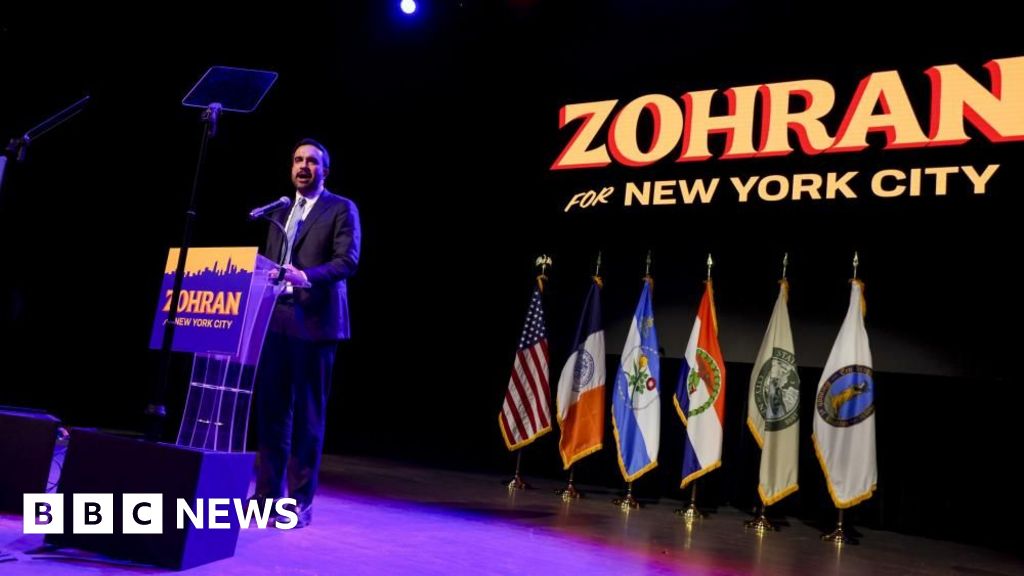It’s official: the biggest city in the US has its first Muslim and first South Asian mayor.
Since democratic socialist Zohran Mamdani first entered New York…

It’s official: the biggest city in the US has its first Muslim and first South Asian mayor.
Since democratic socialist Zohran Mamdani first entered New York…